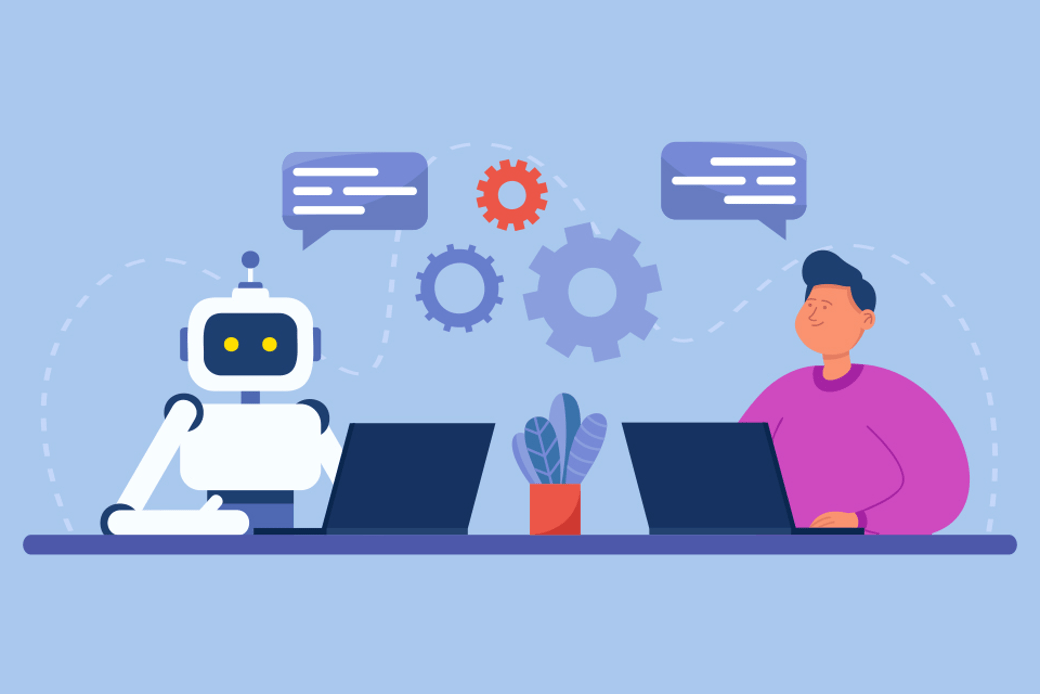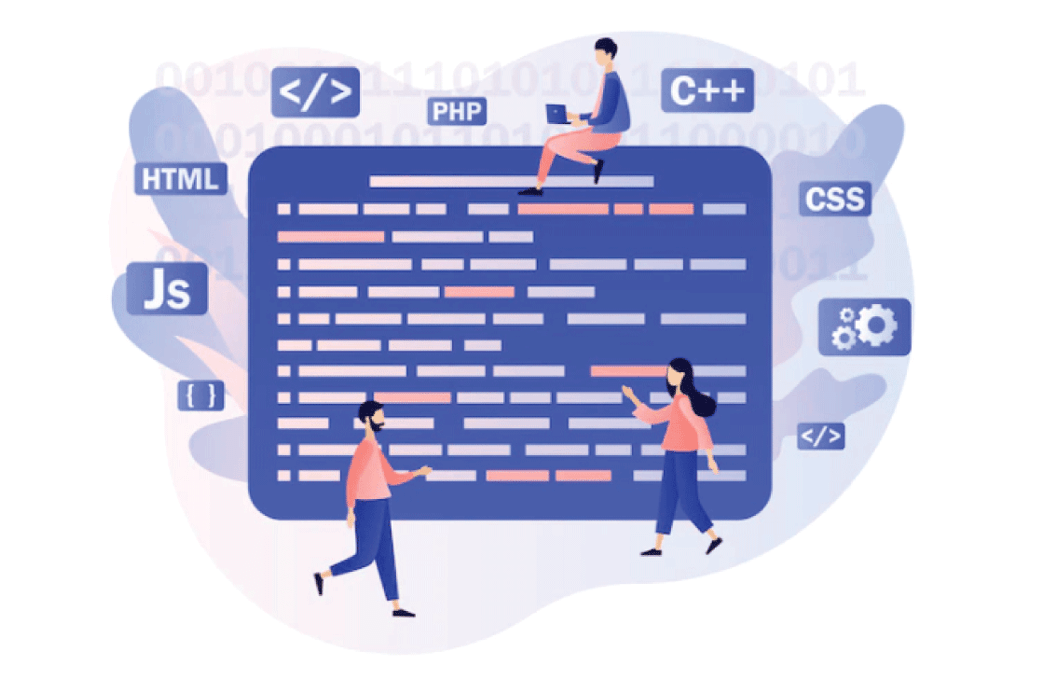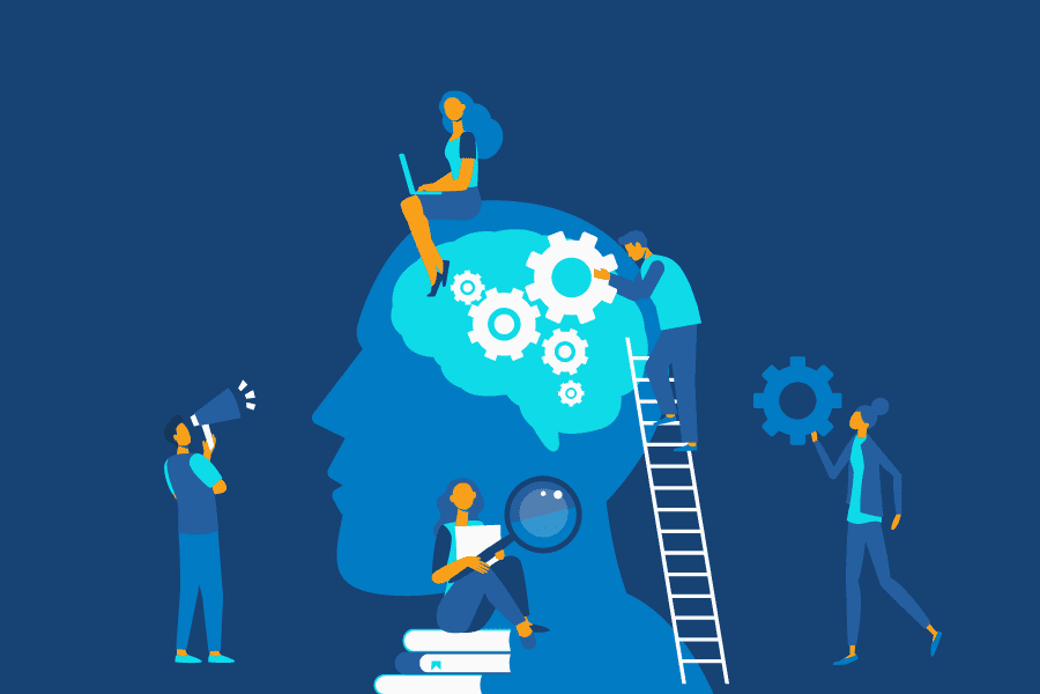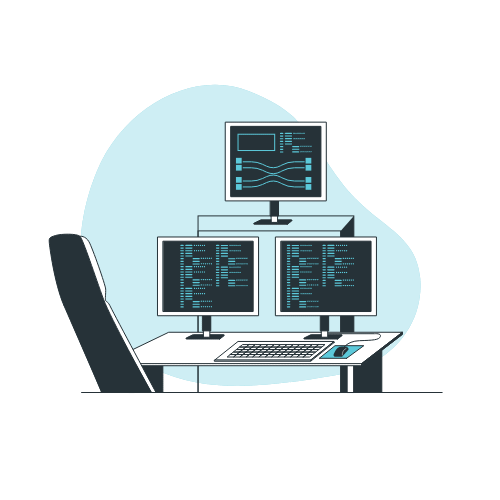In the ever-evolving landscape of software development, staying ahead of the curve is not just a virtue—it’s a necessity. With technology advancing at breakneck speed, software developers projects face the constant challenge of becoming obsolete faster than you can say “code.” In this article, we bring you exclusive insights from top software developers on the art of future-proofing your projects. Buckle up for a journey into the minds of the tech elite and learn how to keep your projects relevant and resilient in the face of rapid change.
Understanding the Challenge of Future-Proofing
The Constant Current of Change
“Change is the only constant in life,” said Heraclitus, the ancient Greek philosopher. While he might not have had software development in mind, his words resonate with software developers today more than ever. The tech landscape is a maelstrom of innovation, with new languages, frameworks, and tools emerging almost daily. Ignoring the need for future-proofing is akin to building a sandcastle at high tide—fleeting and futile.
Yet, the challenges of future-proofing are many. It involves predicting what technologies will be relevant tomorrow, making design decisions that accommodate change, and ensuring your codebase can adapt without crumbling. But fear not; our experts are here to guide you through these tumultuous waters.
Strategies from Top Software Developers
1. Embracing Change: Elon Musk’s Way
Elon Musk, the visionary behind SpaceX and Tesla, is no stranger to embracing change. He once said, “I think it’s very important to have a feedback loop, where you’re constantly thinking about what you’ve done and how you could be doing it better.”
Musk’s Insights:
- Stay informed about emerging technologies.
- Actively seek feedback and iterate on your projects.
- Don’t be afraid to pivot when necessary.
2. Scalability and Modular Design: The Netflix Approach
Netflix, the streaming giant, handles an enormous amount of data daily. Its success lies in its scalable and modular architecture. According to Netflix engineer Ruslan Meshenberg, “Modular design is about finding seams in your code where you can separate things.”
Netflix’s Strategies:
- Build systems that can grow with demand.
- Divide your codebase into modules for flexibility.
- Plan for changes without rewriting entire sections.
3. Robust Testing and Quality Assurance: Amazon’s Commitment
Amazon, one of the world’s largest e-commerce platforms, knows the importance of testing. As Jeff Bezos once stated, “We are stubborn on vision. We are flexible on details.”
Amazon’s Approaches:
- Invest in rigorous testing and quality assurance.
- Implement automated testing and continuous integration.
- Be flexible in your execution while maintaining a clear vision.
4. Agile Software Developers and Iterative Processes: Google’s Secret
Google’s success stems from its agility. According to Google’s former CEO, Eric Schmidt, “We run this company on questions, not answers.”
Google’s Practices:
- Embrace agile methodologies to adapt to changing requirements.
- Develop iteratively, allowing for feedback and refinement.
- Keep asking questions and be open to new possibilities.
Staying Ahead of Technological Trends

The Unending Quest for Knowledge
In the fast-paced tech world, staying informed about emerging trends is non-negotiable. Attending tech conferences, reading industry blogs, and participating in online communities are just a few ways to keep your finger on the industry’s pulse.
Resources for Staying Updated:
- Tech Conferences: Events like Google I/O, AWS re:Invent, and Apple WWDC provide insights into the latest tech trends.
- Tech Blogs: Platforms like Medium, Dev.to, and Hacker Noon features articles from experts in the field.
- Online Communities: Reddit, Stack Overflow, and GitHub are hubs for tech discussions and collaboration.
Scalability and Modular Design
The Power of Building Blocks
Scalability is the ability of a system to handle increased workloads, and modular design is the practice of dividing a system into smaller, interchangeable components. Together, they form a dynamic duo for future-proofing your projects.
Benefits of Scalability and Modular Design:
- Adaptability: Easily accommodate growth or changes in user demand.
- Maintainability: Simplify maintenance by isolating issues to specific modules.
- Efficiency: Optimize resource allocation and reduce redundancy.
Robust Testing and Quality Assurance
Don’t Skip the QA
Testing is not just a checkbox on your development to-do list; it’s a lifeline for future-proofing. Automated testing and continuous integration are essential for maintaining a robust and reliable codebase.
Key Aspects of Testing:
- Automated Testing: Use tools like Selenium, JUnit, or Jest for efficient and repeatable testing.
- Continuous Integration (CI): Platforms like Jenkins, Travis CI, and CircleCI ensure code quality and consistency.
Agile Development and Iterative Processes
Flexibility in Action
Agile development methodologies, including Scrum and Kanban, emphasize adaptability and collaboration. Iterative processes keep your project nimble, allowing you to pivot as needed.
Agile Principles:
- Sprints: Divide development into time-bound iterations for focused work.
- Backlog: Maintain a prioritized list of features and improvements.
- Feedback Loops: Regularly gather feedback from stakeholders and end-users.
Documentation and Knowledge Transfer
The Legacy of Knowledge
Documenting your code and facilitating knowledge transfer are often overlooked but crucial aspects of future-proofing. A well-documented project ensures that it can be maintained and improved upon even if team members change.
Documentation Best Practices:
- Code Comments: Add clear comments to explain complex sections of your code.
- User Manuals: Create user-friendly guides for both software developers and end-users.
- Knowledge Sharing: Implement practices for sharing knowledge within the team.
Continuous Learning and Professional Development

The Learning Never Stops
The tech industry is a perpetual learning journey. Top software developers emphasize the importance of continuous learning through courses, certifications, and active participation in the tech community.
Learning Resources:
- Online Courses: Platforms like Coursera, edX, and Udacity offer courses on a wide range of tech topics.
- Certifications: Consider certifications such as AWS Certified Solutions Architect or Google Cloud Professional Cloud Architect.
- Meetups and Conferences: Attend local meetups and conferences to network and learn from peers.
Conclusion
In a world where technology shifts like sand, future-proofing your software projects is not just a choice—it’s a responsibility. The insights from top software developers have revealed a clear path forward: embrace change, design for scalability, prioritize testing, stay agile, document diligently, and never stop learning.
As you embark on your journey to future-proof your projects, remember that the future belongs to those who adapt and innovate. With these strategies in your arsenal, you’ll not only keep pace with technological evolution but also lead the way, crafting software that stands the test of time. The horizon of possibilities is ever-expanding, and it’s yours to explore.




